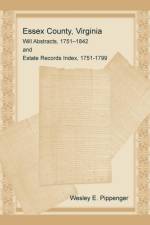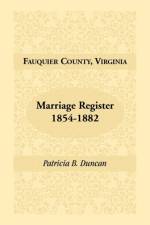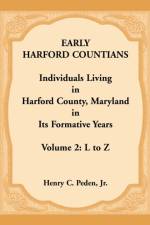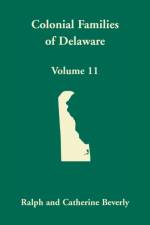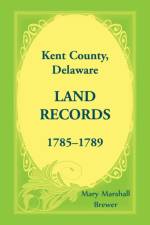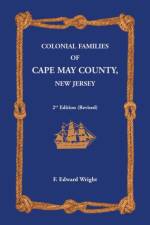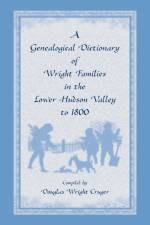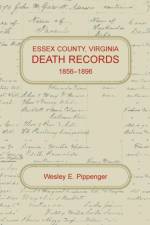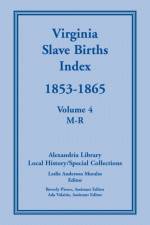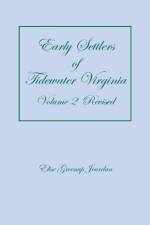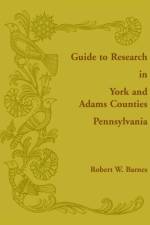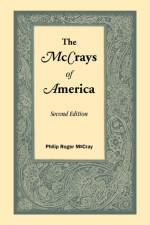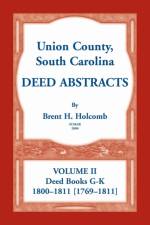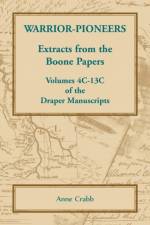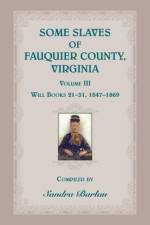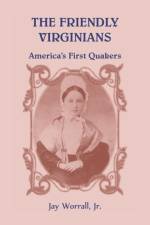av F Edward Wright
401
In order to reconstruct the history of pre-Cape May County families, the author has organized past research and performed additional research when necessary to fill the gaps. Using a number of sources: wills, church records, land records, and published material, including early issues of _The Cape May County Magazine of History and Genealogy,_ the author has reconstructed lineages for the following families: Badcock, Bancroft, Bennett, Bishop, Brandreth, Briggs, Buck, Carman, Champion, Chester, Church, Corson, Crandall, Crawford, Cresse, Crowell, Daniels, Dennis, Dole, Downes, Edmonds, Edwards, Eldredge, English, Evans, Fish, Flower, Foreman, Foster, Gandy, Garlick, Garretson (Garrison), Godfrey, Goff, Golding, Griffing, Hamilton, Hand, Hathorn, Hedges, Hewett, Hildreth, Holden, Hughes, Ingersul, Ireland, Iszard, Jeacocks, Jenkins, Johnson, Kent, Laughton, Lawrence, Leaming, Lee, Ludlam, Lupton, Mackey, Mason, Mathews, Mulford, Newton, Norton, Osborne, Page, Parsons, Pierson, Pine, Pratten (Pratt), Raney, Reeves, Richardson, Robinson, Ross, Savage, Sayre, Schellenger, Scull, Searle, Shaw, Simkins, Smith, Somers, Spicer, Steelman, Stevens, Stewart, Stillwell, Stites, Storer, Stubbs, Swain, Taylor, Thompson, Townsend, Van Gelder, Wells, Weston, Wheaton, Whilldin, Willits, Woolson, Yates. Whenever possible, the family has been traced up to the time of the Revolutionary War.This edition contains additional information in the appendix based on the Bible records of Cape May County. A full name index adds to the value of this work.

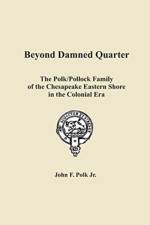
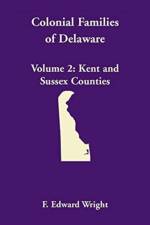
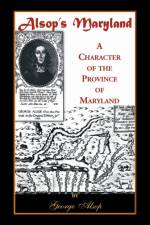
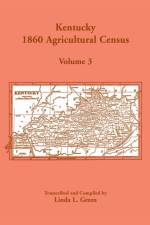
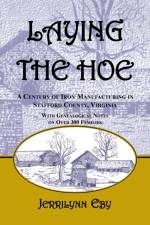
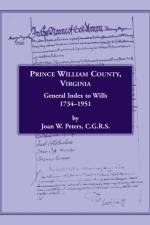
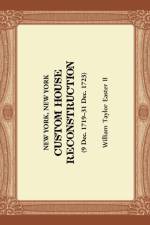
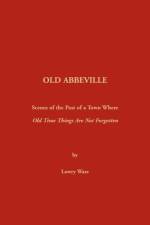
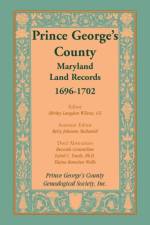
![Handbook History of the Town of York [Maine] From Early Times to the Present af Edward C Moody](https://cdnbackdoor.tales.as/thumbnail/150x225/00109/92843/cover.1568517465.jpg)

